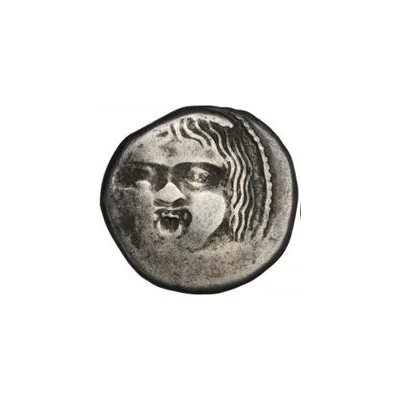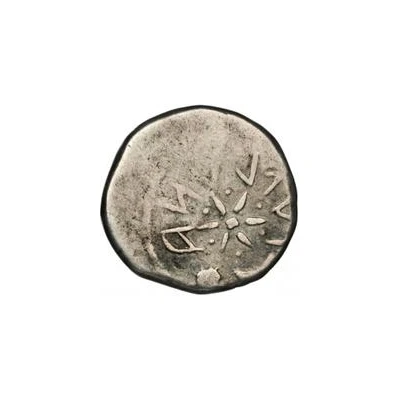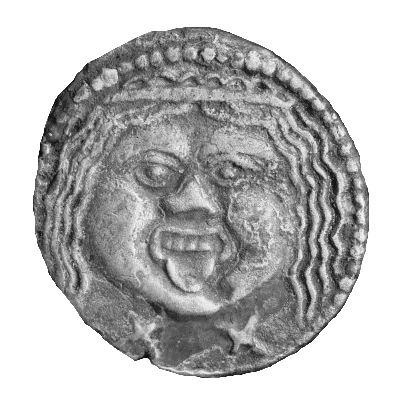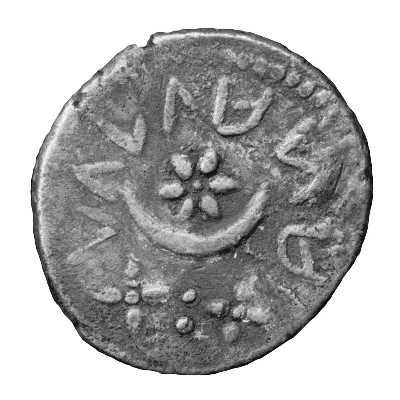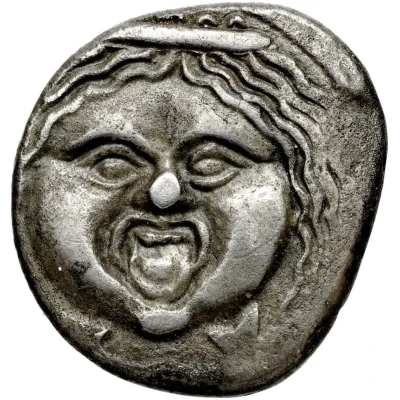
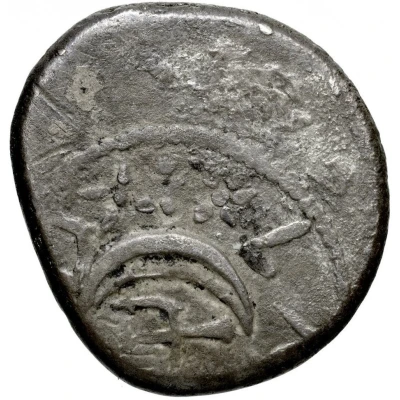

© Bibliothèque nationale de France / Gallica
Silver 20 Asses Gorgoneion series II: trident with crescent 301 BC - 206 BC
| Silver | 7.64 g | 23 mm |
| Issuer | Populonia (Etruria) |
|---|---|
| Type | Standard circulation coin |
| Years | 301 BC - 206 BC |
| Value | 20 Asses |
| Currency | As (circa 475-201 BC) |
| Composition | Silver |
| Weight | 7.64 g |
| Diameter | 23 mm |
| Shape | Round (irregular) |
| Technique | Hammered |
| Demonetized | Yes |
| Updated | 2024-10-09 |
| Numista | N#179397 |
|---|---|
| Rarity index | 100% |
Reverse
Trident and crescent surrounded by legend.
Lettering: PVLPVNA
Translation: Populonia
Edge
Plain
Comment
There has been much controversy on dating Populonian coins, and as such, the date ranges my vary per source.The second Gorgoneion series was struck using Populonia's fourth silver standard, which is equal to the third silver standard except with the weights of all denomination being halved.
Interesting fact
The Gorgoneion series II: trident with crescent coin from Populonia (Etruria) features a unique design on its reverse side. Instead of the usual depiction of a deity or a mythological creature, this coin bears an image of a trident with a crescent moon above it. This design is believed to represent the Etruscan goddess of the moon, Luna, and her association with the sea. The trident, which is often associated with the sea god Poseidon, may symbolize the Etruscan people's connection to the sea and their reliance on maritime trade. This coin's design is a prime example of the unique blend of Etruscan and Greek influences that can be seen in the art and architecture of the time.
